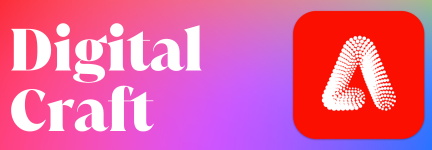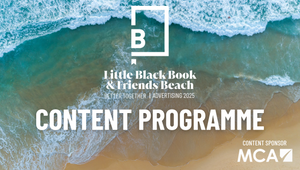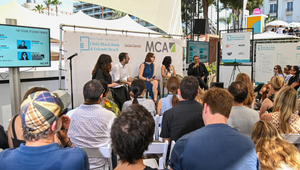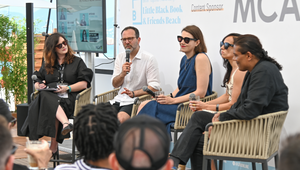
Dissecting the Evolution of UX with R/GA Portland’s Hakha Mashayekhi

Having experience and knowhow in industrial design - the process of designing products to be manufactured through mass production - has taught Hakhamanesh ‘Hakha’ Mashayekhi to be “a better thinker and a creative problem solver”. He can keep his mind open to endless possibilities and is never overwhelmed by the constant churn of new technologies and mediums entering the digital design world - pivotal in his current role as an experience designer at R/GA in Portland.
We chatted with Hakha to get his views on how the likes of AI, VR, mixed reality and voice are impacting UX and why the humanised side to his field is so exciting to him.
LBB> How do you combine your industrial design experience with UX?
Hakha> First of all, I think industrial design is amazing because it teaches you how to be a better thinker and a creative problem solver. It helps you think about the problem or topic without having any bias about what the end result should be. A lot of times you’ll see those who want to jump to creating a website or an app for everything, but having an industrial design background constantly keeps my mind open to many possible ways of answering one question.
Once you have a three-dimensional understanding of the world, you feel less pressured by the various tools and mediums that get added to the digital design world every day. For instance, when a VR prototyping or design tool comes to the market, it feels very familiar and natural to me to learn and understand.
LBB> Do you feel like true UX involves all aspects of design?
Hakha> Absolutely! I believe true UX calls for a user-centered design process in which you need to know your stakeholders, their needs, and desires - as well as address business objectives. Then designers must test different designs to find the optimum solution, and match it with the right technology to deliver the highest quality product. Finally, designers have to do user testing, iterate and improve to make sure the outcome is not only satisfactory but truly delightful - it might even anticipate your needs! All in all, it involves research, ideation, design, execution and testing, which is pretty much everything you can expect to see in a complete design process.
LBB> You mention wanting to improve physical, spatial, and digital experiences for businesses – what’s your dream project? What’s a brand you think is doing well in this area?
HM> As you mentioned, my dream project is a project that intersects our physical world with a digital experience. Mostly you can find this type of intersection in service design projects. To answer the second question, if I should pick just one brand, I’ll pick Airbnb. I think Airbnb’s service experience, from discovering your next travel location to check out, feels absolutely seamless and turns many pain points and awkward moments into pleasant experiences.
For instance, their app, which is only one part of their ecosystem, feels alive and knows your needs very well at every step of the way, even when you have no access to the Internet.
LBB> What are your thoughts on the future of your field?
Hakha> UX is relatively young and evolves based on its nature. UX was a broad term when it was born, but with the creation and growth of different technologies, and accessibility to more channels to communicate with users, UX will be more specific and focused as technologies like AI or VR/mixed reality will demand more specialized UX designers. I see a need for senior level designers to have a greater understanding of all these areas to be able to define a creative and comprehensive ecosystem that can live seamlessly on different mediums.
LBB> Any thoughts on how UX is changing as voice becomes more popular?
Hakha> AI (and specifically voice) is one of those technologies that has an impact on specifying UX. Voice is a new medium that can unlock many new possibilities to provide more seamless experiences for users. Now we know if a user is driving, working or even watching, it’s not a dead end. We still can empower users with voice experiences. Voice can invite many people outside of the creative industry, like psychologists, relationship experts, speech therapists and even neuroscientists, to join the tech world as they won’t be limited by design tools.
LBB> How is UX a creative practice?
Hakha> Creativity in UX is a little bit different than other design disciplines. In UX, creativity is not only defined in forms and functions but also defined in understanding users’ needs and desires and empathising with them in order to create a path to empower and please them. Almost like saying we are creative in making people feel good about themselves and the world around them.
This humanised aspect of UX is one of the most exciting parts for me.















